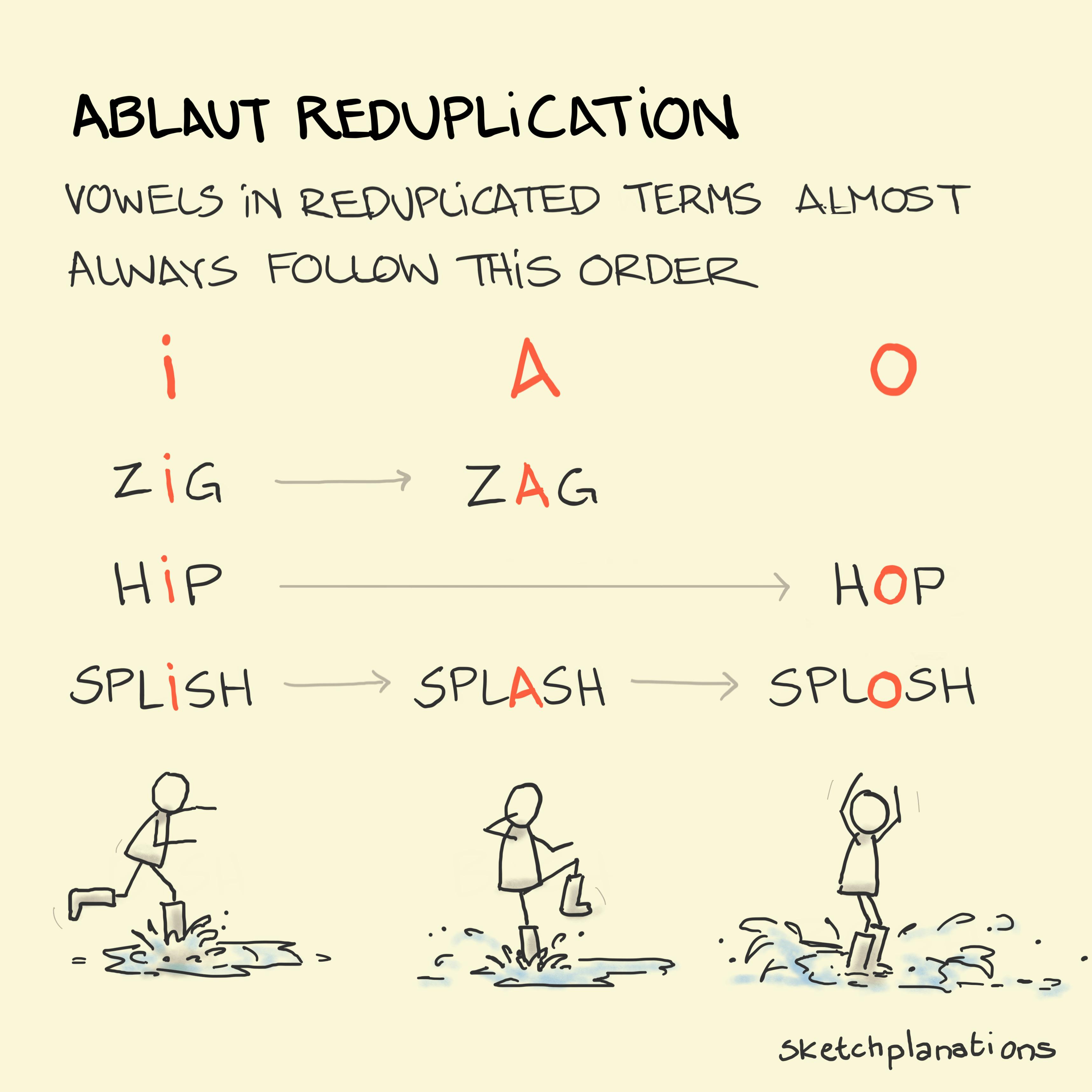
Altruism and ambition
The twin engines of altruism and ambition are a powerful force for positive change in the world. They need to be balanced. Ambition without altruism and change may not be positive and altruism without ambition may be nice without impact. But put the two together, for example with a mission-driven business like B-corps, and it can be a recipe for wonderful, positive, and meaningful change — and probably what we need to deal with the challenges of our times. This lovely concept is from Richard Reed, co-founder of Innocent Drinks, and I learned it from Holly Tucker's Conversations of Inspiration podcast. Also see: overnight success, building a plane on the way down…The twin engines of altruism and ambition are a powerful force for positive change in the world. They need to be balanced. Ambition without altruism and change may not be positive and altruism without ambition may be nice without impact. But put the two together, for example with a mission-driven business like B-corps, and it can be a recipe for wonderful, positive, and meaningful change — and probably what we need to deal with the challenges of our times. This lovely concept is from Richard Reed, co-founder of Innocent Drinks, and I learned it from Holly Tucker's Conversations of Inspiration podcast. Also see: overnight success, building a plane on the way downWWW…
Read more…





